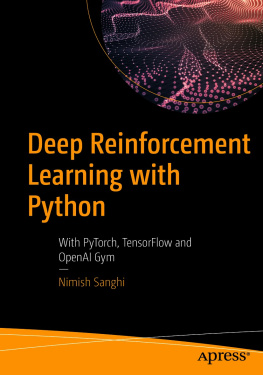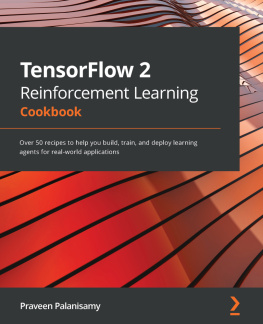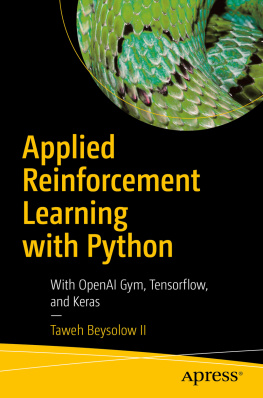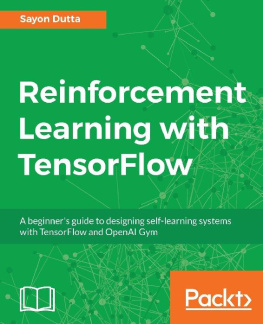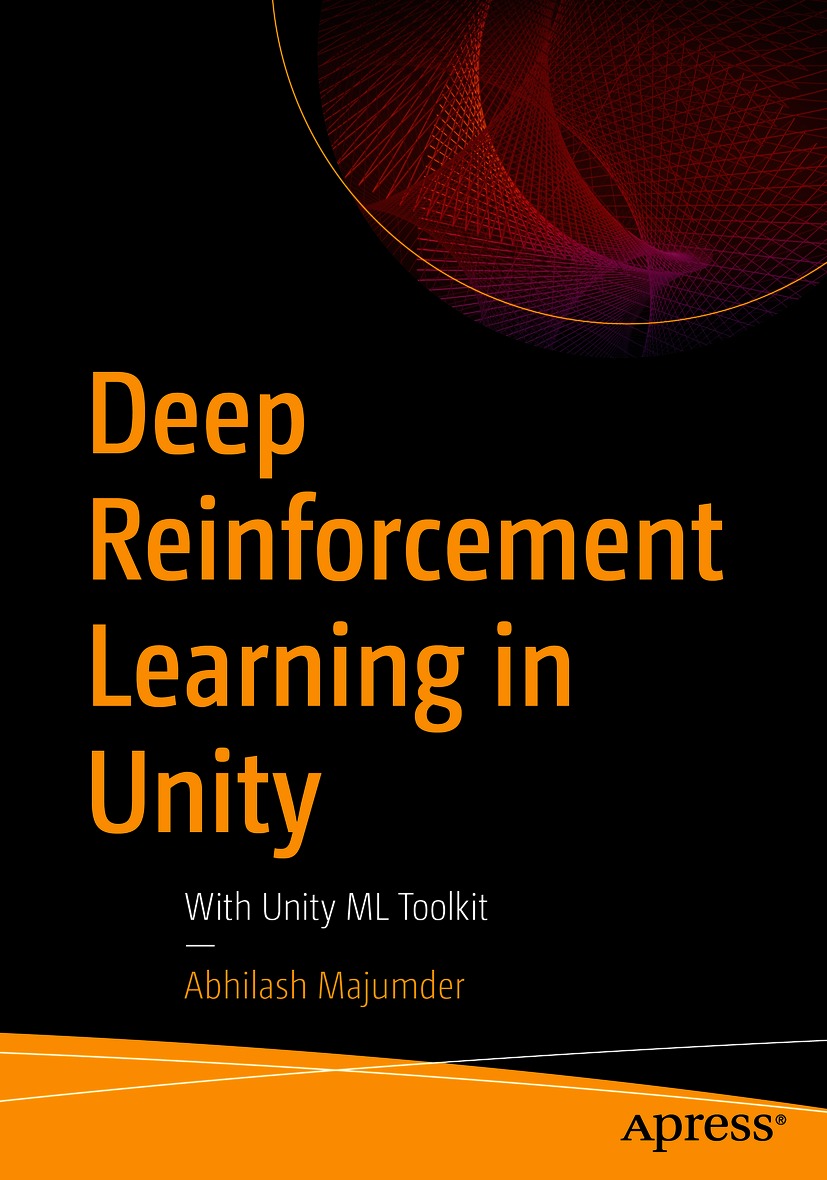Abhilash Majumder - Deep Reinforcement Learning in Unity: With Unity ML Toolkit
Here you can read online Abhilash Majumder - Deep Reinforcement Learning in Unity: With Unity ML Toolkit full text of the book (entire story) in english for free. Download pdf and epub, get meaning, cover and reviews about this ebook. year: 2020, publisher: Apress, genre: Romance novel. Description of the work, (preface) as well as reviews are available. Best literature library LitArk.com created for fans of good reading and offers a wide selection of genres:
Romance novel
Science fiction
Adventure
Detective
Science
History
Home and family
Prose
Art
Politics
Computer
Non-fiction
Religion
Business
Children
Humor
Choose a favorite category and find really read worthwhile books. Enjoy immersion in the world of imagination, feel the emotions of the characters or learn something new for yourself, make an fascinating discovery.
- Book:Deep Reinforcement Learning in Unity: With Unity ML Toolkit
- Author:
- Publisher:Apress
- Genre:
- Year:2020
- Rating:4 / 5
- Favourites:Add to favourites
- Your mark:
Deep Reinforcement Learning in Unity: With Unity ML Toolkit: summary, description and annotation
We offer to read an annotation, description, summary or preface (depends on what the author of the book "Deep Reinforcement Learning in Unity: With Unity ML Toolkit" wrote himself). If you haven't found the necessary information about the book — write in the comments, we will try to find it.
Gain an in-depth overview of reinforcement learning for autonomous agents in game development with Unity.
This book starts with an introduction to state-based reinforcement learning algorithms involving Markov models, Bellman equations, and writing custom C# code with the aim of contrasting value and policy-based functions in reinforcement learning. Then, you will move on to path finding and navigation meshes in Unity, setting up the ML Agents Toolkit (including how to install and set up ML agents from the GitHub repository), and installing fundamental machine learning libraries and frameworks (such as Tensorflow). You will learn about: deep learning and work through an introduction to Tensorflow for writing neural networks (including perceptron, convolution, and LSTM networks), Q learning with Unity ML agents, and porting trained neural network models in Unity through the Python-C# API. You will also explore the OpenAI Gym Environment used throughout the book.
Deep Reinforcement Learning in Unity provides a walk-through of the core fundamentals of deep reinforcement learning algorithms, especially variants of the value estimation, advantage, and policy gradient algorithms (including the differences between on and off policy algorithms in reinforcement learning). These core algorithms include actor critic, proximal policy, and deep deterministic policy gradients and its variants. And you will be able to write custom neural networks using the Tensorflow and Keras frameworks.
Deep learning in games makes the agents learn how they can perform better and collect their rewards in adverse environments without user interference. The book provides a thorough overview of integrating ML Agents with Unity for deep reinforcement learning.
What You Will Learn
- Understand how deep reinforcement learning works in games
- Grasp the fundamentals of deep reinforcement learning
- Integrate these fundamentals with the Unity ML Toolkit SDK
- Gain insights into practical neural networks for training Agent Brain in the context of Unity ML Agents
- Create different models and perform hyper-parameter tuning
- Understand the Brain-Academy architecture in Unity ML Agents
- Understand the Python-C# API interface during real-time training of neural networks
- Grasp the fundamentals of generic neural networks and their variants using Tensorflow
- Create simulations and visualize agents playing games in Unity
Who This Book Is For
Readers with preliminary programming and game development experience in Unity, and those with experience in Python and a general idea of machine learningAbhilash Majumder: author's other books
Who wrote Deep Reinforcement Learning in Unity: With Unity ML Toolkit? Find out the surname, the name of the author of the book and a list of all author's works by series.



